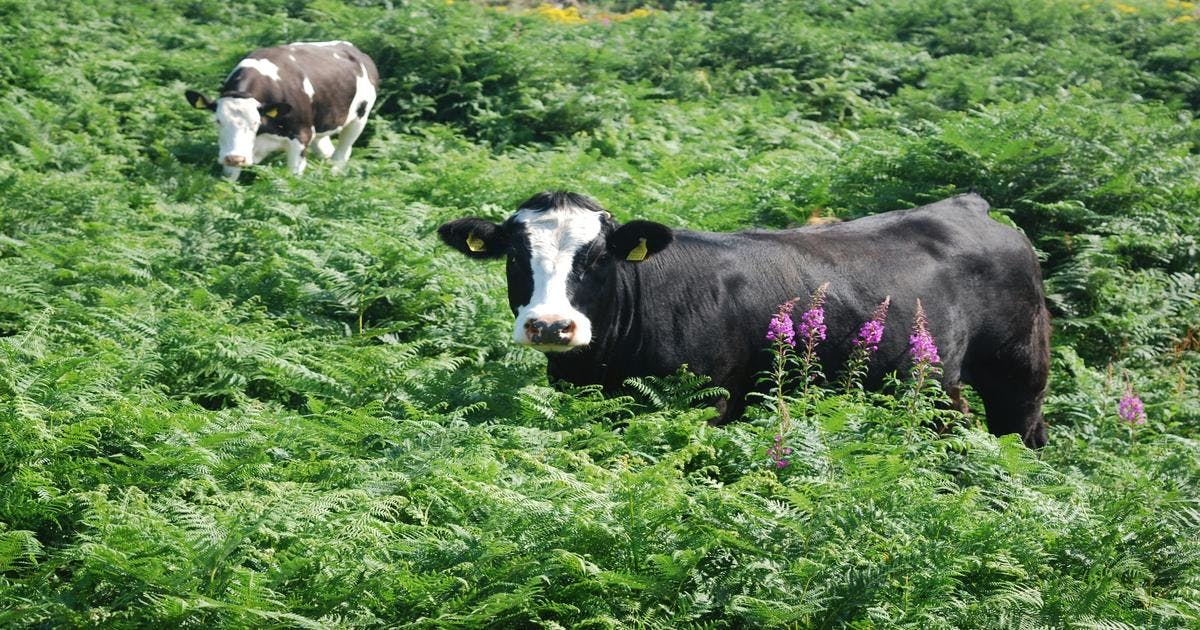
Agricultural Relief in Ireland

Summary
Learn how Agricultural Relief in Ireland reduces inheritance tax (CAT) by 90%.
Passing farmland and agricultural property from one generation to the next has always been central to Irish life. Unfortunately, high levels of Capital Acquisitions Tax (CAT) - Ireland’s inheritance and gift tax - can make this process financially painful. With CAT charged at 33%, many farming families could face hundreds of thousands of euro in tax liabilities when land, buildings, or livestock are transferred.
This is where Agricultural Relief comes in. Agricultural Relief is one of the most valuable inheritance tax reliefs in Ireland, reducing the taxable value of agricultural property by 90%. Without it, family farms might have to be sold off to cover tax. With it, families can protect their land, their legacy, and their financial security.
At Irish Tax Hub (ITH), we work with farming families, beneficiaries, and executors to ensure that Agricultural Relief is claimed correctly, retained long-term, and optimised alongside other tax reliefs.
✅ What is Agricultural Relief?
Agricultural Relief is a CAT relief that applies when someone inherits or receives a gift of agricultural property. Instead of taxing the full value, Revenue allows a 90% reduction on the taxable amount - provided the recipient meets certain conditions.
👉 In simple terms:
- Inherit farmland worth €1,000,000 → Revenue values it at just €100,000 for CAT.
- At 33% tax, you could pay €33,000 instead of €330,000.
This relief ensures family farms can stay in farming rather than being broken up or sold off to pay tax.
🏡 What Counts as Agricultural Property?
Agricultural Relief applies to a wide range of farm-related assets, including:
- Farmland and tillage
- Farmhouses and dwellings (if proportionate to the farm)
- Farm buildings, sheds, and yards
- Crops, trees, and forestry
- Livestock and bloodstock
- Farm machinery and equipment
This definition is broad, but disputes often arise around farmhouses and mixed-use land.
👩🌾 Who Qualifies for Agricultural Relief?
It’s not just the property that matters - the beneficiary must also qualify.
1. The 80% Farmer Test
After receiving the inheritance or gift, at least 80% of the beneficiary’s assets must be agricultural property.
- Example: Mary inherits €1.5m worth of farmland but also owns €700k in investment property. After inheritance, only ~68% of her assets are agricultural → ❌ she fails the test.
- Careful planning can restructure assets so beneficiaries pass the test.
2. Active Farmer or Leasing Requirement
Beneficiaries must show that the property will remain in farming. They can:
- Actively farm the land themselves (and meet educational/experience criteria), or
- Lease the land on a long-term basis (6+ years) to someone who qualifies as an active farmer.
🔒 Clawback Conditions
Agricultural Relief isn’t permanent - it comes with strict retention rules:
- The property must be retained for at least 6 years.
- If sold, proceeds must be reinvested into qualifying agricultural property.
- If farming ceases, or if the property is converted into non-farming use, Revenue can claw back the relief, leading to a full CAT bill plus interest.
📊 Worked Example: With and Without Agricultural Relief
Imagine inheriting farmland worth €2,000,000.
Without Agricultural Relief:
- Group B threshold (uncle/niece etc.): €32,500
- Taxable value: €1,967,500
- CAT at 33% = €649,275
With Agricultural Relief:
- 90% reduction → taxable value: €200,000
- After threshold: €167,500
- CAT = €55,275
👉 Relief saves the family over €594,000 in inheritance tax.
⚠️ Common Pitfalls That Lose Agricultural Relief
Even though the relief is generous, it’s easy to lose out:
- Failing the 80% test - especially where beneficiaries already own significant non-farming assets.
- Leasing mistakes - short-term leases or letting land to non-qualified farmers doesn’t qualify.
- Farmhouse issues - Revenue often challenges whether a dwelling is “proportionate and appropriate” to the farm.
- Clawbacks - selling land within 6 years or converting it to non-farming use triggers full CAT liability.
- Poor record-keeping - inability to prove farming activity can lead to denial of relief.
🔄 Interaction with Other CAT Reliefs
Agricultural Relief often works alongside other inheritance tax reliefs:
- Business Relief – Sometimes business relief (also 90%) may apply instead, especially with shares in farming companies.
- Dwelling House Exemption – Can apply to farmhouses in certain circumstances.
- Favourite Nephew/Niece Relief – Allows relatives who work full-time on the farm to be treated as “children” for CAT thresholds.
💡 Estate Planning with Agricultural Relief
Relief isn’t just for when someone dies - planning ahead is essential.
- Parents can transfer land early to ensure children qualify.
- Structuring wills carefully avoids splitting land in ways that fail the 80% test.
- Leasing arrangements can be set up years in advance to ensure continuity.
- Succession planning can combine CAT reliefs and CGT planning for maximum efficiency.
🤝 How Irish Tax Hub Can Help
Agricultural Relief is one of the most powerful tax-saving tools in Ireland - but the rules are strict. At Irish Tax Hub, we provide:
- Eligibility Checks – Will you pass the 80% test?
- Revenue Filings – Complete and submit Form IT38 and supporting documents.
🙋 Frequently Asked Questions (FAQs)
Q1: Do I have to be a farmer to get Agricultural Relief?
No - you can lease the land long-term to a qualifying farmer and still claim.
Q2: What if I sell the land?
You must reinvest in other agricultural property, or you could lose relief.
Q3: Can a farmhouse qualify?
Yes, but Revenue may deny relief if it’s disproportionate (e.g., a mansion with a few acres).
Q4: What if I own other assets?
Non-farming assets can push you below the 80% threshold. Professional advice can help restructure ownership.
Q5: Can I combine this with other reliefs?
Yes, Agricultural Relief can be combined with Business Relief or Favourite Nephew Relief depending on circumstances.
📝 Conclusion
Agricultural Relief is the cornerstone of inheritance tax planning in Ireland for farmers. By reducing the taxable value of agricultural assets by 90%, it protects family farms and ensures land is not lost to the taxman.
But the rules are complex - and mistakes are costly. From the 80% test to clawback rules, there are many traps for the unwary.
👉 That’s why families turn to Irish Tax Hub. Our team ensures that Agricultural Relief is claimed correctly, retained long-term, and combined with other tax strategies to protect your legacy.
📞 Contact us today to book a CAT Agricultural Relief Consultation and secure your family’s farm for the next generation.
This blog post is for informational purposes only and does not constitute tax, financial, or legal advice. Tax laws and regulations are subject to change and may vary based on individual circumstances. Readers are strongly encouraged to consult with a qualified tax professional or financial advisor before making decisions based on the information provided. We make no guarantee regarding the accuracy, completeness, or applicability of this content to your particular tax situation.
Found this article helpful? Share it with others


